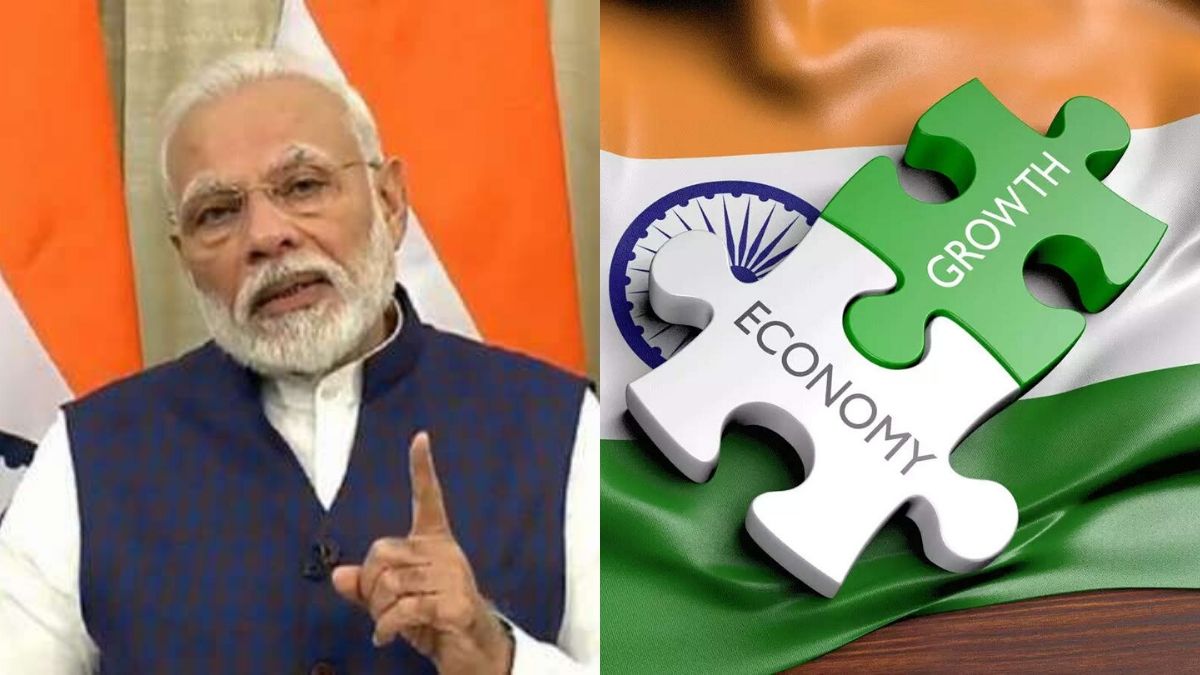


At long last, the muchawaited putting together of efforts for post-Covid revival of the Indian economy was announced on Tuesday evening by Prime Minister Narendra Modi. A decent-sized package estimated to cost Rs 20 trillion — approximating 10% of the GDP — and encompassing assistance to most of the impacted segments of the society — was assured by him in a nationally televised address.
The promise was accompanied by indications of a host of structural reforms and a possible extension of the current lockdown beyond 17 May, albeit with a greater role for the states. But as is said,the devil lies in the details. Obviously only the contours of the stimulus are yet ready and the contents and their interconnectedness are to be fully determined.
Our wellintentioned and on-the-job Prime Minister did mention that Finance Minister Nirmala Sitharaman will be filling up the body and the piecemeal, segment-wise, assistance measures would soon be made. It was evident that the estimated cost of the measures would include not only the Union government’s fiscal and financial incentives, but also the monetary concessions and facilities being extended by governmentsupported institutions, including the country’s central bank.
This should not surprise anybody since the committed Rs 20 trillion for pulling out the economy is equivalent to two-thirds of the national budget and given our fiscal constraints, it was not feasible for the Centre to fund such a large endeavour on its own. Also, for reason of inadequate fiscal space and interpreting PM Modi’s the ‘Twenty for Twenty’ comment, the spends in the revival package would include the relief measures committed, announced and already under implementation.
The Rs 1.7 trillion immediate relief by way of DBTs and free food been given since the onset of Covid to poor, women with Jan Dhan accounts, farmers and others would no doubt be calculated towards that along with their cost of continuance for extended periods. An equally large assistance — to commercial banks and NBFCs, including in housing finance, auto and agriculture loans –by RBI and which, if continued for a longish duration, would definitely exceed the Centre’s short-term assistance is also to be totted up against the Rs 20 trillion deal.
In fact, a back-of-theenvelope calculation shows that the new effort would really be worth about Rs 15 trillion. However, that sized programme itself is, by no means, insignificant. At 7.5% of the GDP and about 50% of the full financial year’s budgeted expenditure, it is capable of giving the muchneeded additional succour to all the affected, including the vast many in the informal sector of the economy, the migrant workers, farmers, MSMEs as well as the organised businesses.
As attempted hitherto in tackling the misery caused by the dreaded under-researched virus, the measures would have to be targeted to the intended beneficiaries and limited to those which give the full bang for the buck. That would necessitate identifying and focussing on segments with the maximum forward and backward linkages and those which are evidently labour-intensive.
Simultaneously, the incentives have to leveraged to position well the country’s businesses in the newly evolving global supply chains. Hopefully, all these would henceforth be less China-centric and more source-diversified than what the world saw emerge and get entrenched during the last two decades. Prime Minister Modi did well to simultaneously spell out his vision of ‘local India’ — use local materials to produce goods and services locally and for local consumption or some words to that effect were said by him.
The objectives of the much-touted Make in India mission fit well into this and would certainly give it the much-warranted push. This would also provide the logic for greater support to the MSME sector — of the 6.34 crore such entities, almost 99% are single or two-person establishments that face the grim prospect of altogether folding up if not assisted directly and urgently.
Infusion of efficiency in Indian manufacturers’ and other businesses’ operations would come about if the Prime Minister’s clarion call to “promote local, be vocal and go global” can be materialised through wellconceived and better incentivised schemes. In immediate reckoning, the priority of lives over livelihood has to continue in our resource allocation.
But with a difference and not only by way of cash transfers from governments or free grains through the PDS. Instead it needs to be through gradual opening up of the economy without throwing out of the window the hitherto found useful social distancing norms. With just this one approach, the financial, legal and moral burden upon the Central government to save lives would greatly reduce.
Let us trust our services sector, mainly the informal part of it, to bounce back and find ways and means of livelihood while observing the preventive care measures. Our political masters across the states also need to tell the hard-worked police and other field workers outside the identified containment zones to henceforth take it easy and spare the rod on the common man trying to stitch back his daily means of life.
Ajay Dua, an economist by training, is a former Secretary to Government of India.